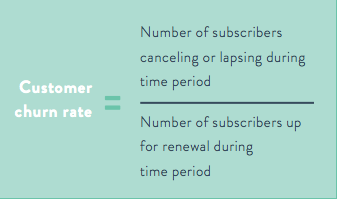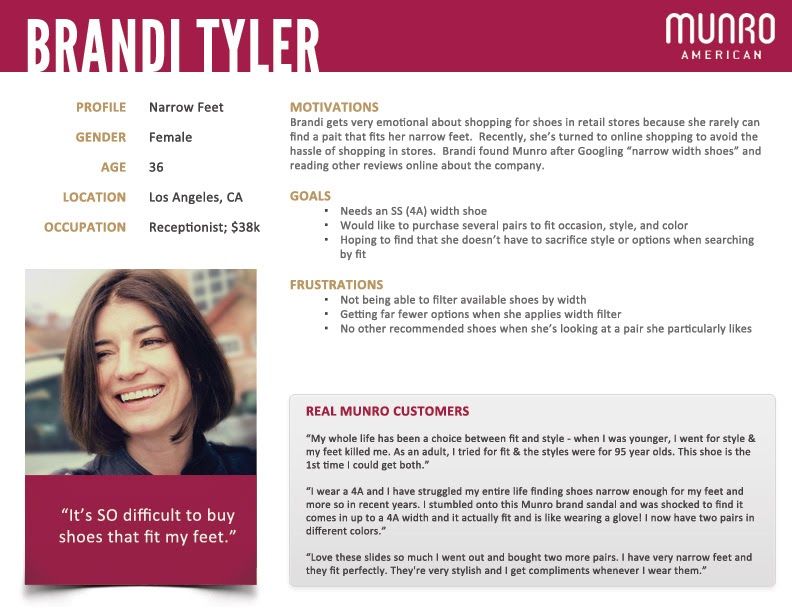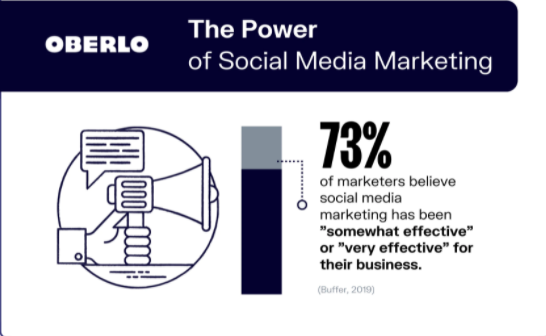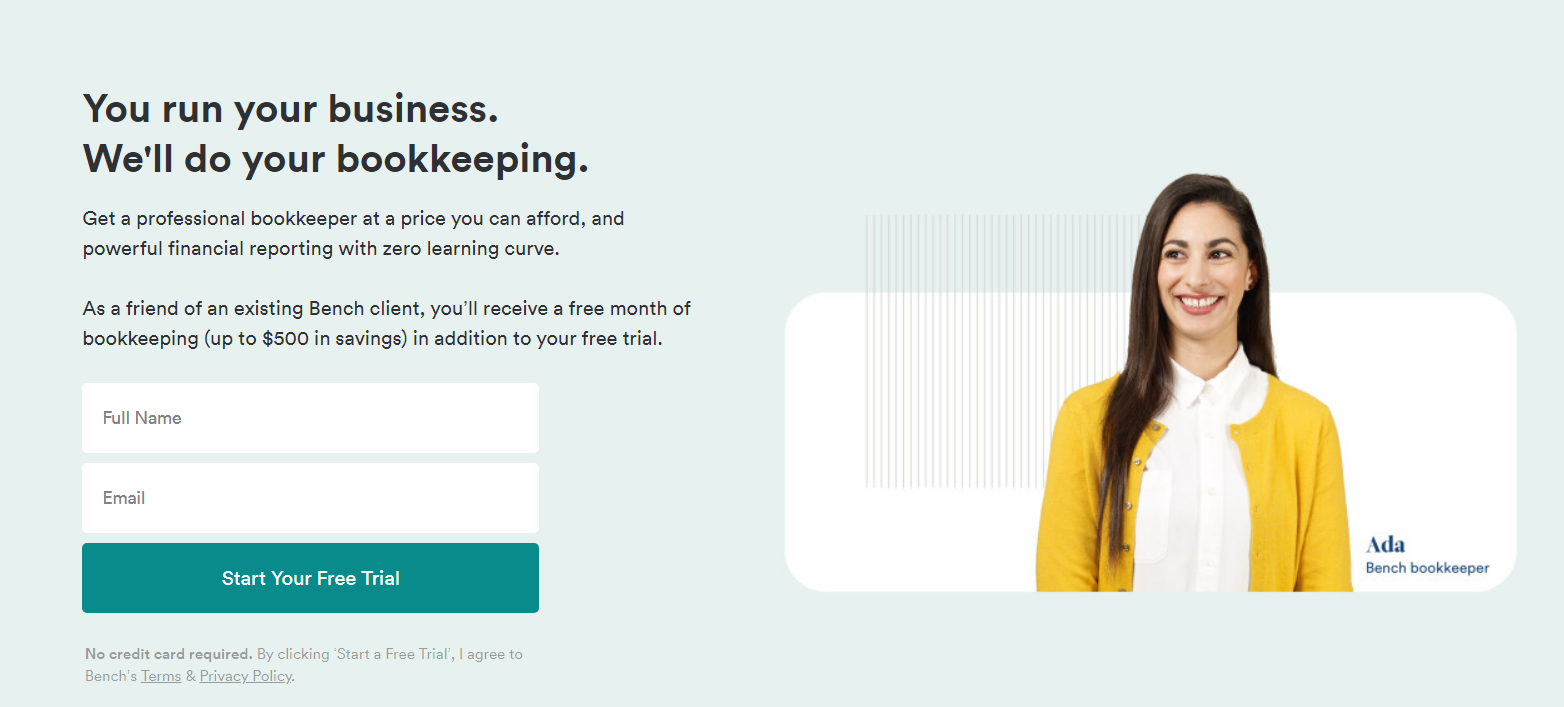Build your customer referral program without the dev time
Sign up for a free trial of GrowSurf to lower your customer acquisition costs, increase customer loyalty, and save gobs of time.
Try It FreeIf done right, referral marketing works like a charm: low customer acquisition costs, higher conversions, lower churn. What’s not to love? In this guide, we'll go over referral marketing best practices you can take to the bank.
If done right, referral marketing works like a charm: low customer acquisition costs, higher conversions, lower churn. What's not to love? In this comprehensive guide, we'll go over the top referral marketing best practices that have been proven to drive results, based on insights from industry experts and data-backed case studies.
It sounds so easy at first. After all, 92% of customers trust recommendations from friends and family over other forms of advertising, according to Nielsen. Not to mention that people are 4 times more likely to buy when referred by a friend, making referrals a powerful acquisition channel.
But despite the clear benefits, why do so many companies still struggle to get referral marketing right and unlock its full potential?
The simple answer is this: running an effective referral program requires careful planning and execution across multiple areas. It can get complicated fast if you don't have a solid strategy in place.
It begs crucial questions like: Are you offering incentives that truly motivate your customers? Are you promoting your program through the right channels at the optimal times? Why are even your most satisfied customers not participating despite your efforts? Having a clear referral strategy that accounts for your unique customer segments and buyer psychology is essential.
And those are just a few of the core considerations to get right from the outset. Mastering referral marketing requires a comprehensive, data-driven approach.
Thankfully, there are many proven best practices to optimize your referral program for maximum impact and ROI. By following the strategies employed by top brands, you can transform your program into a powerful growth engine.
Ready to level up your referral game? Here are the top referral marketing best practices that have consistently delivered results for businesses across industries:
Before investing in a referral program, ask yourself: Are customers consistently thrilled by our product or service? Do we deliver an experience that gets them excited to spread the word?
If your product or service falls short of delivering a stellar experience, no amount of incentives or promotion will be enough to make your referral program successful in the long run. You'll likely see an initial spike in referrals, but struggle to sustain momentum as poor experiences undermine word-of-mouth.
While attractive incentives and clever promotions can drive an initial burst of referral activity, true sustainable growth stems from a product experience that keeps customers coming back and inspires authentic advocacy.
But if your core product or service fails to meet or exceed customer expectations consistently, your referral program is doomed to sputter out over time as negative experiences spread through word-of-mouth.
So before launching any referral initiatives, ensure you have a solid product-market fit and are consistently knocking it out of the park for your customers. Their happiness and satisfaction should be your top priority - the rest will follow.
But how can you objectively assess if your product experience is referral-worthy? Here are some reliable methods to gauge customer satisfaction:
Combining multiple data sources will give you a well-rounded view into whether your product experience is referral-worthy and primed to inspire authentic advocacy.

Image source: Zuora
If the data reveals significant customer dissatisfaction and churn, that should be your top priority to address before investing further in referral marketing. This may require making product improvements, reassessing your value proposition, or even pivoting your offering based on the feedback. An exceptional customer experience that inspires glowing reviews is table stakes.
Even with a stellar product, your referral program won't take off if you don't deeply understand the diverse segments that make up your customer base. Ask yourself: Who are our core customer personas and what truly motivates each one?
Without a clear, data-driven understanding of your ideal customer profiles and their distinct needs, motivations, and behaviors, your referral marketing efforts will likely miss the mark. You need this foundational customer knowledge to design a refer-a-friend campaign that truly resonates.
The goal is to foster genuine customer advocacy and brand enthusiasm - the kind that inspires people to rave about your product or service without prompting. This level of passion stems from truly understanding your customers' mindsets and crafting an experience hyper-tailored to their needs.
The deeper your understanding of what truly drives value for each customer segment, the better equipped you'll be to design a referral program tailored to motivate authentic advocacy from those who align best with your brand. Achieving this level of relevance is what separates successful referral engines from one-off campaigns that fizzle out.
Here are tried-and-tested ways to get to know your customers:
How customers interact with your website or app can provide you with clues and insights on how to design your referral program in a way that will appeal to them. Analytics tools you can use include Google Analytics, HubSpot, Kissmetrics, and many others.
We use ProfitWell to display our customer analytics publicly at GrowSurf.com/open.

A buyer persona is a depiction of your ideal customer based on insights and data gathered from your best customers.
Here’s a good example of a buyer persona.

Image source: Product Marketing Alliance
As you may have guessed, Brandi Taylor is not a real person. But that doesn’t matter. Why? Because it puts a human face on the brand’s ideal customers, allowing them to design the referral experience in ways that fit the specific needs and preferences of their ideal customers.
Some customers will send you referrals even if you don’t ask them to.
Most of them will not. Unless you offer them the right incentives, that is.
Because let’s face it, customers’ purchasing behavior is mostly driven by this question, “What’s in it for me?”
Incentivizing referrals addresses that. But you need to offer the right rewards if you want to bring in those referrals.
This is a good time to go over your customer profile or buyer persona. If you know your customer enough, it becomes much easier to figure out which rewards they will care about.
Examples of incentives you could offer include:

Sign up for a free trial of GrowSurf to lower your customer acquisition costs, increase customer loyalty, and save gobs of time.
Try It FreeWhen it comes to offering incentives, the ‘how’ is just as important as the ‘what.’
Here are different incentive structures to choose from:
A single-sided referral incentive structure offers rewards only to the referring customer. A double-sided incentive structure offers rewards to both. The former is obviously cheaper. But the added cost of offering rewards to both parties can increase participation rate (it’s less awkward to send a referral if it will benefit a friend) and increase response rate (referral prospects are more likely to accept if they get instant value).
Milestone incentive structure offers customers multiple rewards through a tiered referral program. This works by offering a different and more valuable reward to customers upon reaching a new milestone after racking up more referrals For example, you can offer a free sticker once a customer sends a referral for the first time and then a free branded shirt once that same customer makes her fifth referral. And so on.
You can also offer rewards to top referrers over a certain period. Remember, customers are very competitive and they like to see themselves outperforming others. To stoke their competitive fire, make sure that you provide them with a scoreboard, along with an updated list of top referrers.
For a more in-depth guide, check out our Choose the Perfect Referral Program Incentives blog.
If you’re not promoting your referral program, then you’re missing out on opportunities to reach customers who might be interested to participate.
Here are a few essential promotional strategies you can’t do without.
Do your customers even know you have a referral program?
Don’t make the mistake of assuming they already do.
If you want those referrals to keep coming, let them know you have a referral program. Make it easy for them to find it.
How? Let me count the ways.
As of 2020, over 3.96 billion people using social media worldwide. And you can bet your bottom dollar many of your customers are whiling the hours away scrolling through their social media feeds.
Besides, an Obelo study shows that 71% of consumers who have had a positive brand experience on social media are more likely to recommend that brand to others.

If you want to spread the word about your referral program, share it on social media. It’s where the action is!
When it comes to targeted marketing, no other channel does it better than email. Remember, when people subscribe to your newsletters, they are literally giving you permission to market to them. Add email’s targeting and segmentation capabilities and you get a channel that allows you to promote your referral program to customers who are more likely to become brand advocates.
This is the most important promotional material in your referral program.
Once you get a customer or prospect to click on a referral program link on any platform , where do you take them to?
You take them to a landing page. A referral program landing page, to be exact. And how you craft your landing page can spell the difference between a successful referral program and one that fails.
A referral landing page should:
Bench Accounting ticked all the above boxes with their refer-a-friend landing page.

Pro Tip: Using social proof can go a long way in boosting your referral participation rate. Adding case studies or customer/client testimonials below your landing page can help customers make up their minds about signing.
Bench Accounting got that part right, too. Here are the client testimonials shown at the bottom of their landing page.

So, customers know about your referral program. But how come they’re not participating?
Knowing that you have a referral program is one thing. But making it easy for them to send those referrals is another matter.
Customers are lazy. Don’t make them work too hard to refer you.
Here are ways to do that:
Like any other marketing campaign, your referral marketing campaign needs to connect with your audience to win them over to your referral program. You need to get your referral messaging right to pull that off.
How do you craft your referral messages in ways that will not only get them to send you referrals but make them loyal brand advocates? Here are the ways.
How sure are you that your referral marketing campaign is supercharging your growth?
You’re getting a decent amount of referral leads in your pipeline. New customers are coming day in and day out. You’re getting steady revenue from your referral program. But is your referral program helping your business grow in ways that matter?
To find out, you need to track and measure your referral program.
While goals may vary, here are the most important KPIs you need to check if you’re running a referral program:
As you keep track of and measure your KPIs, look past your ROI. Calculating your viral loop is a more accurate predictor of whether your referral program is fueling your business growth over the long term.
As your referral program continues to scale and grow, things can get, well, overwhelming.
In such cases, the best plan of action is to take a step back and try to determine what you’re doing wrong.
But that can be incredibly difficult if you’re always in a mad scramble to keep up with your referral program.
A good solution is to automate your referral program using a referral program software like GrowSurf.

A referral program software can automate the following activities:
By automating the above tasks with a referral program software, you will have more time and energy to focus on more important and high-value tasks. Put another way, you can focus your efforts on following the best practices suggested in this very blog post!
Running a referral marketing campaign doesn’t have to be difficult. If your referral program is falling short of your expectations, go over the best practices discussed here and you’ll always be on your way to creating a referral-worthy business that turns customers into brand advocates.

Sign up for a free trial of GrowSurf to lower your customer acquisition costs, increase customer loyalty, and save gobs of time.
Try It Free
GrowSurf is modern referral program software that helps product and marketing teams launch an in-product customer referral program in days, not weeks. Start your free trial today.
Meet Eric Martin. He was the #1 winner of the Jet.com referral contest with 8,000 referrals (worth an estimated $10 to $20 million at time of the $3.3 billion acquisition of Jet.com by Wal-Mart). He was the #1 winner of Nvstr.com with 11k referrals.
Referrals marketing works because it's based on human psychology. Customer referrals will still be effective 100 years from now and here's exactly why.
While referral programs are an effective way to promote your products and services, they’re not always easy to optimize. Here are 4 powerful ways to optimize your referral program.